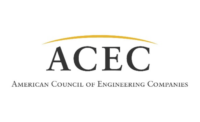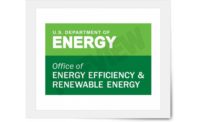Kelvin, a provider of decarbonized HVAC solutions for legacy buildings, announced the closing of $30 million in funding. Kelvin recently rebranded from Radiator Labs to reflect the company's growth beyond radiators, including expansion into the U.S. market and targeting older building decarbonization where emissions reduction is a vital climate goal.
The Series A round was led by climate-focused venture capital firm 2150, with participation from the Schmidt Family Foundation, the Partnership Fund for NYC, and several previous investors. The funds will be used for hiring and to build a scalable platform for accelerating the adoption of economically and environmentally sustainable HVAC options worldwide.
"Our new identity as Kelvin symbolizes the next phase of our broader mission: to provide energy-efficient temperature control that benefits building owners, tenants, and the larger communities they serve," says Marshall Cox, Kelvin’s CEO and co-founder. "With this new capital, we're excited to expand our team and platform, helping more buildings in more cities meet electrification goals while reducing operating costs."
Kelvin’s flagship product, the Cozy, is an insulated radiator cover that enhances heating efficiency by preventing overheating and fuel wastage. The Cozy is installed in more than four thousand apartments across the northeastern United States.
Kelvin's scope has broadened to include other decarbonized HVAC applications, such as heat pump and thermal battery systems. Like the Cozy, these solutions are also installed through a no-money-down subscription agreement.
As a qualified technology for the Inflation Reduction Act's investment tax credit and other state and utility energy efficiency incentives, Kelvin’s decarbonization and efficiency solutions help buildings comply with local emissions, energy efficiency, and electrification regulations, including New York City's Local Law 97.
Since 2011, Kelvin has sold over 15,000 intelligent HVAC solutions to a diverse range of customers, including universities, large real estate portfolios, city agencies and housing authorities.







